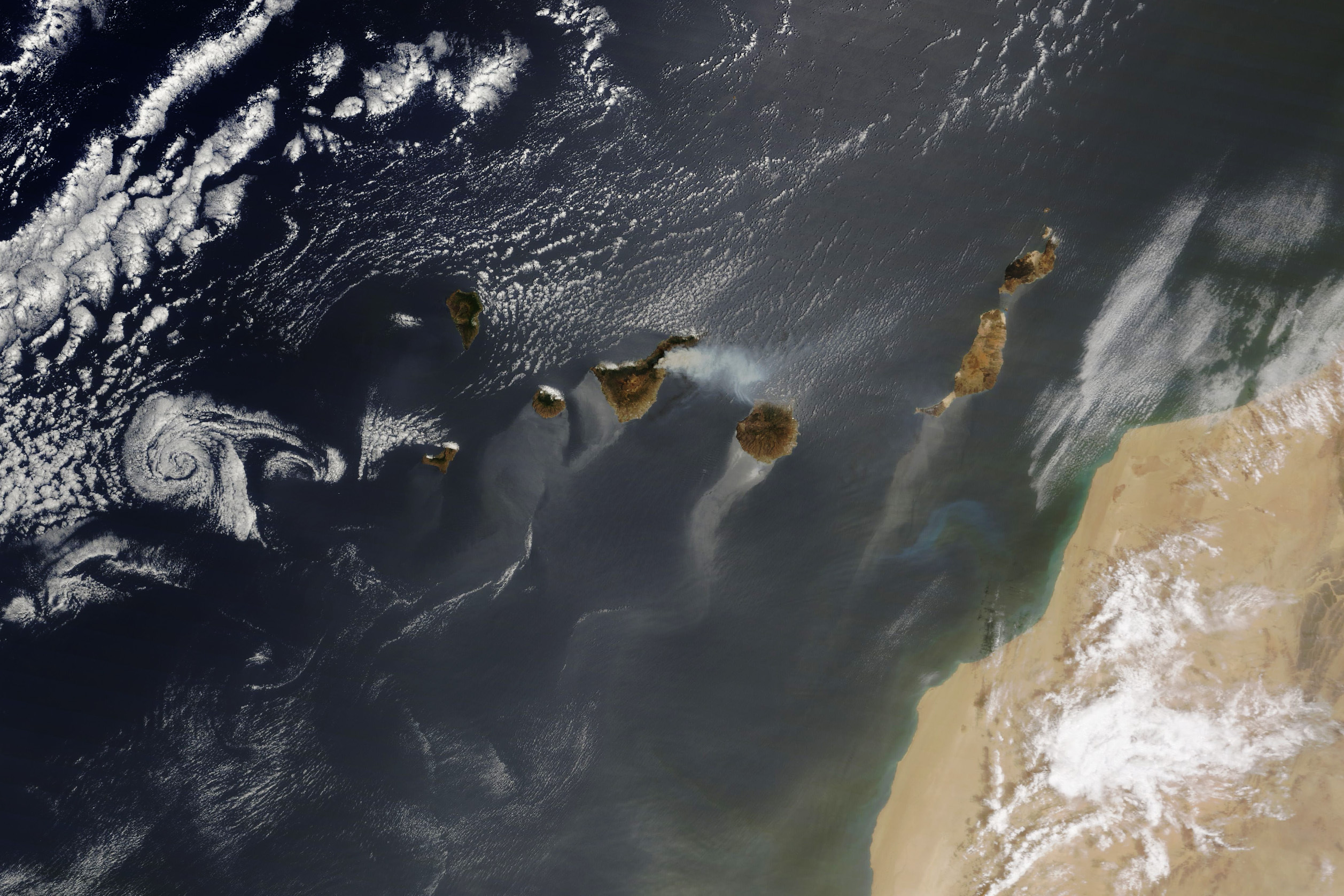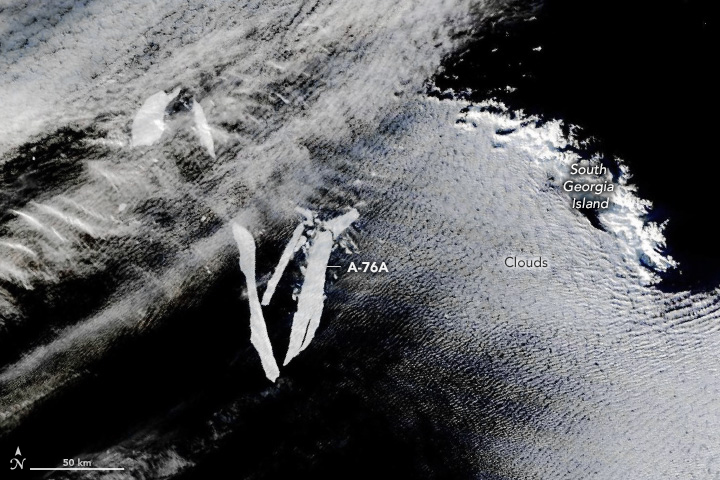This century has seen a renaissance of lighter than air flight, especially at high altitude (i.e., stratosphere). Balloons flying higher than 20KM are above most aircraft and below “low earth” orbits. This location is above 99% of the atmosphere, which is good for looking up and out. And it is low enough that communications require less power and have lower lag than satellites.
This winter, Lucas Laursen reports on yet another permutation, “very low earth orbit” (VLEO) [1]. The idea is for orbiting satellite to orbit much lower than the usual 300+ KM, down to 100KM or so, closing the gap with balloons and high flying aircraft.
Aside from directly measuring this part of the atmosphere, such a low orbit might be useful for communications (low lag) and, of course, getting a close look at what is below.
To date, these orbits have been rarely used for satellites for good reasons. Like aircraft and balloons, the lower the altitude the narrower the coverage. It may take a good number of VLEO satellites to get wide or continuous coverage of a target. This is practical only if many launches are possible and affordable– which is more true today than ever before.
In addition, the atmosphere is thin up at 100-300KM, but it is still there. Very low orbits decay rapidly because of drag, giving a missions a limit of six months or less. Developers are exploring hybrid orbiters that extend missions through aerodynamic shapes and / or thrusters.
The minimal atmosphere offers other challenges. Conditions vary from night to day, and with other variables. This makes the orbits less predictable and may interfere with operations.
The atmosphere protects against some of the radiation in orbit, easing some design requirements. But there is atomic Oxygen at this altitude, which is really, really corrosive.
It looks like the combination of more abundant and cheaper launch costs with lower development costs is making commercial fleets of VLEO potentially feasible. This will probably mean thousands of satellites whizzing by at low altitude.
I’m not totally thrilled at the prospect of yet more stuffy blocking my view of the sky.
I guess, some good news is that VLEO satellites burn up pretty quickly, so there shouldn’t be much space junk at this altitude. On the other hand, there could be a continuous rain of deorbiting VLEOs.
Personally, I’m partial to solar powered balloons and light aircraft, AKA, pseudosatellites. But I know these will never cover all possible use cases, it’s just geometry. As long as there is money to be made and intelligence to be gathered, every possible altitude may be filled with instruments.
- Lucas Laursen, Civilian Satellites Descend Into Very Low Earth Orbit, in IEEE Spectrum – Aerospace, December 14, 2023. https://spectrum.ieee.org/vleo



